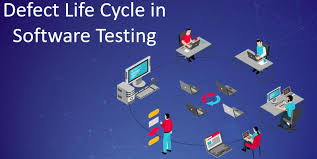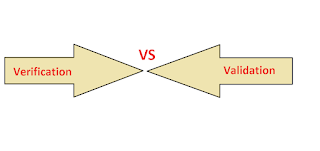The B2C sales process is a systematic approach that outlines the steps involved in selling products or services directly to individual consumers. While the specific steps may vary depending on the industry, company, and product/service, here is a general framework for the B2C sales process:
Awareness and lead generation: This stage focuses on creating awareness of your product or service among the target consumer audience. It involves marketing efforts such as advertising, content marketing, social media campaigns, search engine optimization, and other channels to attract potential customers and generate leads.
Product presentation and information: Once consumers become aware of your offering, the next step is to present the product or service in a compelling way. This involves showcasing the features, benefits, and value proposition that resonate with the needs, desires, and aspirations of the target consumers. Providing clear and detailed information about the product, including pricing, options, and availability, is important to facilitate informed decision-making.
Purchase decision: At this stage, consumers evaluate the product and make a purchase decision. It is essential to provide a seamless and user-friendly buying experience, both online and offline. This may include optimizing your e-commerce platform, streamlining the checkout process, offering multiple payment options, and providing clear instructions for making a purchase.
Transaction and payment: Once the consumer decides to make a purchase, the transaction and payment process is facilitated. This involves providing secure payment gateways and ensuring a smooth and hassle-free transaction experience. Promptly acknowledging and confirming the purchase through order confirmations or receipts helps instill confidence in the consumer.
Delivery or service fulfillment: After the purchase is made, the focus shifts to delivering the product or fulfilling the service. This may involve packaging and shipping physical products, providing access to digital products or services, or scheduling appointments for service delivery. Efficient logistics and communication throughout this stage are crucial to meet consumer expectations.
Post-purchase support: Providing excellent post-purchase support is important for customer satisfaction and loyalty. This includes offering customer service channels, such as phone, email, or chat support, to address any questions, concerns, or issues that consumers may have after the purchase. Timely and effective support helps build trust and encourages repeat purchases.
Relationship building and retention: B2C sales process often involves ongoing efforts to build a relationship with customers and foster loyalty. This may include email marketing, loyalty programs, personalized recommendations, exclusive offers, and engaging with consumers through social media or other communication channels. Building a loyal customer base and encouraging repeat purchases are essential for long-term success in B2C sales.
Continuous analysis, feedback gathering, and optimization of the sales process are crucial to identify areas for improvement and enhance the overall customer experience. The B2C sales process aims to attract, engage, convert, and retain individual consumers, ultimately driving revenue growth and brand loyalty.
Copy Rights Digi Sphere Hub


























